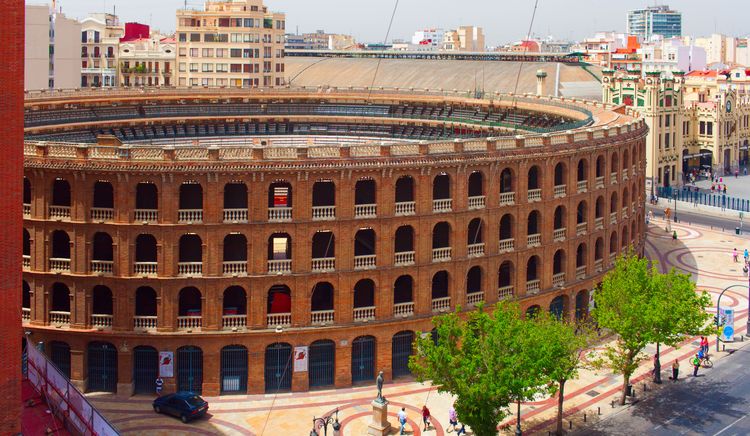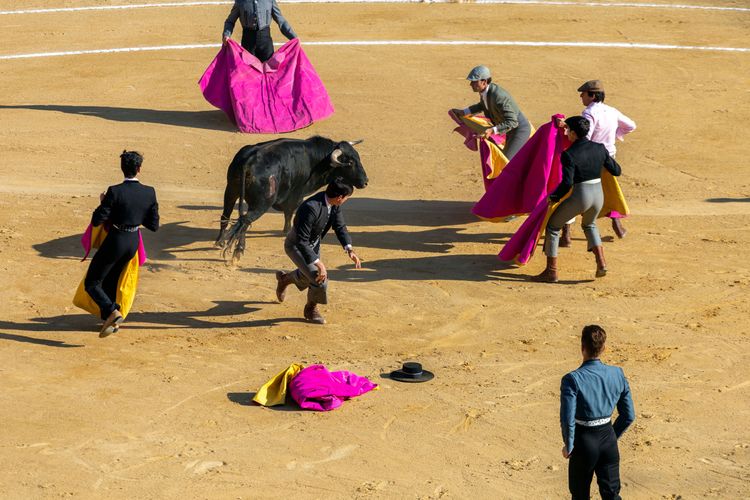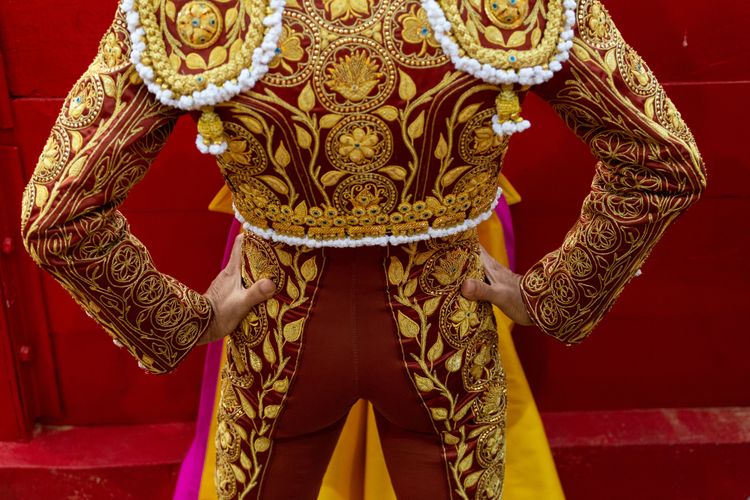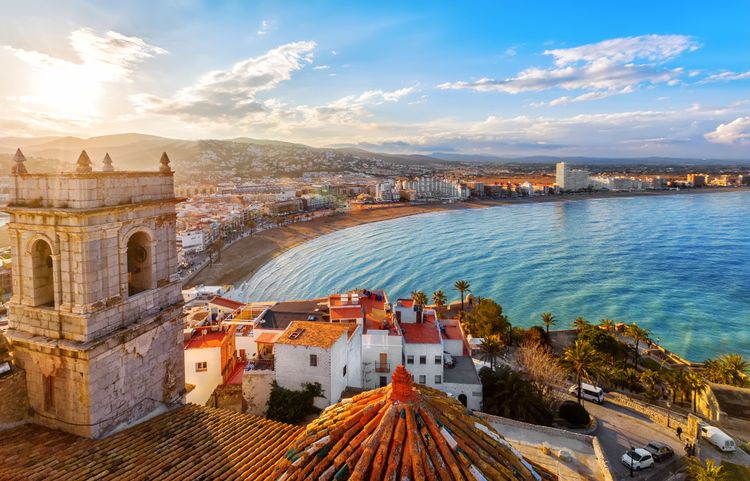The Valencia bullring, built in neo-classical style, was designed by the architect Sebastián Monleón Estellés. They were built between 1850 and 1860 on the site of an unfinished square. Their main purpose was to host bullfights. In fact, the first fixed bullring made of wood was destroyed by the town's inhabitants to prevent Napoleon from using it as a base for a siege (in 1808, Napoleon actually threatened to take the town). But in the 19th century, bullfighting became increasingly popular, and the streets of Valenciennes struggled to contain the compact crowds. To make the events safer, new arenas had to be built.
Nestling between two large buildings in the city centre, next to the Gare du Nord station, the Plaza de Toros de Valencia bullring is the venue for a large number of sporting and cultural events, as well as bullfights, every year. Over 17 metres high and 52 metres in diameter, the building can accommodate up to 10,500 spectators. It is built like a 48-sided polygon, and its architecture is influenced by both the amphitheatre in Nîmes and the Colosseum in Rome. Many people come here to enjoy shows, concerts and meetings, in a festive atmosphere that blends tradition and modernity. Visit this emblematic site of the city to better understand the link between Spanish culture and bullfighting.

Valencia's bullring was built primarily to host bullfights.
- © Yevgen Belich / ShutterstockHistory of the bullring

the monument was declared a National Monument in 1983
- © Andrei Bortnikau / ShutterstockLater, in 1983, the site was declared a National Monument and a Site of Cultural Interest in 1988. These two statutes provide legal protection for the bullring against possible destruction, and make it possible to finance renovations and maintenance. It is also a means of officially recognising the site as an integral part of Valencian culture and tradition.
Visit to the bullring

To understand the tradition of bullfighting, we recommend that you opt for a guided tour. This will give you valuable information on the history and development of this age-old tradition.
You will learn that the first written mention of these shows dates back to the 14th century, but that the practice of bullfighting is probably even older. At that time, bullfights were usually improvised in the Plaza del Mercado or other public squares. Wooden structures that could be dismantled gradually came into being to frame the bullfights: they were set up in the middle of the square and then removed once the event was over.
Practical information
⏰ Tuesday to Saturday, 10 a.m. to 7 p.m. Last entry to the bullring: 6.15 p.m. In winter: 5.30pm. Last admission to the museum: 6.30pm.
Bullfighting, a controversial tradition in Spain.
Bullfighting is a tradition that dates back several centuries in Spain. It consists of a bullfighting spectacle in which a bull is pitted against a bullfighter, matador or team of bullfighters. The aim of the bullfight is to demonstrate the mastery and skill of the bullfighters against the bull, as well as to entertain the public.

Bullfighting is an ancient tradition.
- © skovalsky / ShutterstockBullfighting is a controversial subject in Spain and around the world, as many animal rights activists consider the killing of bulls to be cruel and unnecessary. Critics of bullfighting are also opposed to the exploitation of bulls for human entertainment. Supporters of bullfighting, on the other hand, consider it to be an integral part of Spanish culture, and that the bulls are bred specifically for this purpose.
Whatever the view, bullfighting remains a deeply rooted tradition in Spanish culture and attracts large numbers of spectators to the Valencia bullring. It continues to provoke passionate debate and divide public opinion, while remaining an important economic activity for the Spanish tourist industry.
Find out more at the bullfighting museum

Costume of a Spanish bullfighter in a corrida.
- © MAOIKO / ShutterstockFrom the bullring, you can visit the bullfighting museum to learn more about the subject. The museum's extensive holdings come mainly from the generous bequest of a great bullfighting enthusiast, Luis Moroder Peiró, as well as the collection of the picador José Bayard, known as "Badila". You can see bullfighting memorabilia and objects from the 18th, 19th and 20th centuries.
The museum traces the evolution of Valencian bullfighting from the 19th century to the present day, through the figures of famous local matadors. It also explains the characteristics of fighting bulls, bullfighter training and the rules applied in the bullring.






